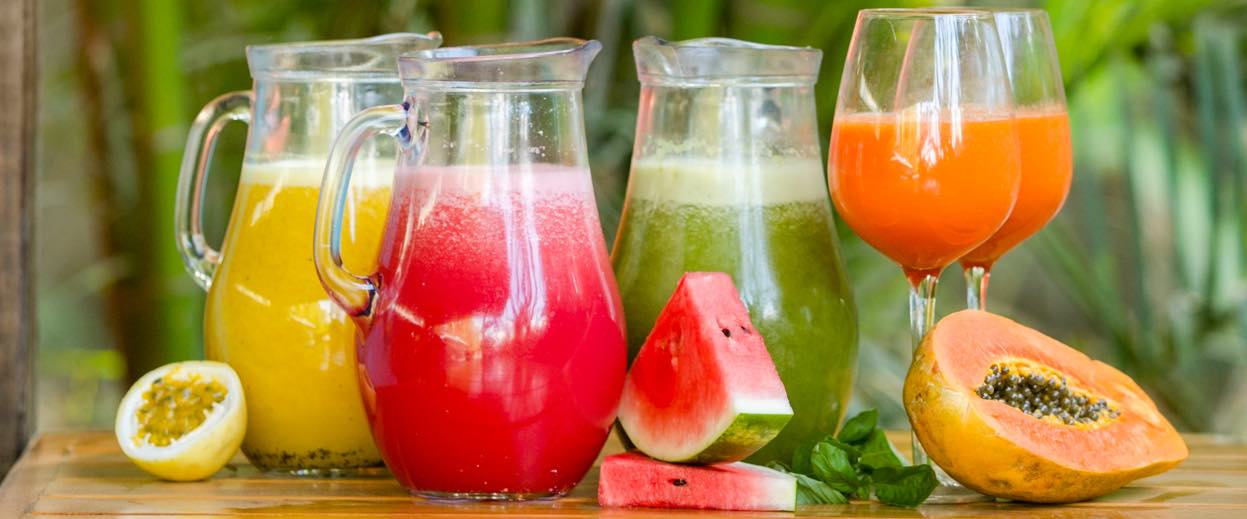Properly nourishing our bodies with essential vitamins and nutrients can be difficult in today’s hectic, fast-paced world. A quick and easy solution may be to start joining the cold-press juicing trend. While cold press juices have actually been around for quite some time, only recently have they become popular around the world.
A simple visit to your local café or grocer will reveal an assortment of brands selling a variety of different cold-pressed juices. The introduction of cold-pressed juices offers people a much healthier option compared to drinking traditional juices which are often loaded with sugar and a number of artificial additives.
Here we’ll be revealing what cold-press juice is all about and shed some light on the many benefits associated with it. You’ll also learn the latest tips for getting the most out of your cold-press juicing and what juicers may provide you with the best results at home.
What Exactly is Cold Press Juicing?
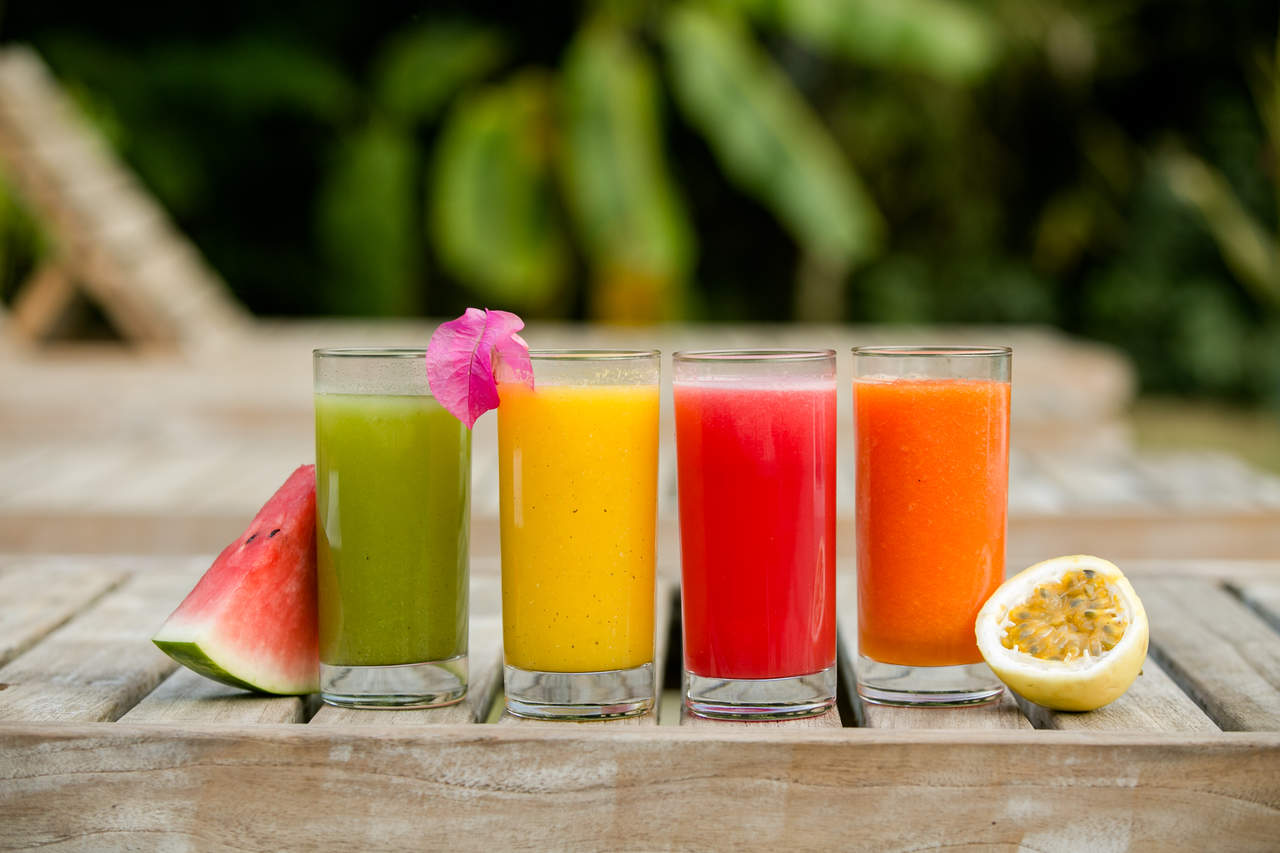
When people started realizing that many traditional commercial juices were packed with additives, sugar, and artificial coloring, there was a push to start making one’s own juice at home using fresh fruit and vegetables. While this provides a much healthier option, traditional juicers and blenders use fast moving blades which creates heat. Many nutrients and vitamins, such as vitamin C, do not handle heat and light very well and are therefore often destroyed by the time you go to drink a glass of juice you just prepared.
Cold-pressing juice involves a two-step process in which a hydraulic press is used to extract juice from fruits and vegetables. The first step is to turn the fruits and vegetables into a pulp and then it moves on to the second step of being squeezed or pressed between two plates with extreme pressure. The juice is released into a collection tray without the pulp which gets filtered out during the process. The cold-press juicing process allows you to consume more nutritional juice without having to deal with a large amount of fiber. The juice is less diluted and without the unnecessary and potentially unhealthy additives that traditional juices contain.
Benefits of Cold Press Juicing
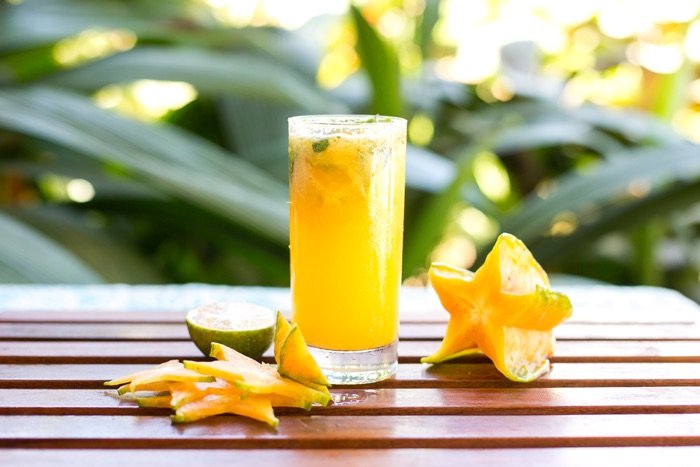
While many of us know that eating fruits and vegetables every day is healthy, many of us struggle to consume the recommended 6-8 servings each day. Drinking cold-pressed juices is an easier way to get your daily requirements of fruits and vegetables without feeling overly full from too much fiber. While some fiber is beneficial, too much can do harm to your digestive system.
For those looking to lose weight, cold-press juicing has been proven to curb appetite. This is especially true when drinking cold-press juice before a meal. Over time, you will also notice fewer cravings for sugary drinks. Cold-pressed juices add probiotics, essential vitamins & minerals, and antioxidants to our bodies. This can all add up to a healthier gut, better immune system, and lower cholesterol. Juicing offers our digestive systems a bit of a break, flushing out toxins in the process. Athletes may also notice enhanced performance.
The other major benefit of producing cold-press juice is that unlike using a traditional juicer, you don’t need to consume the juice you make immediately. Cold-pressed juices retain their nutrients and flavor for a longer amount of time, when kept chilled of course.
Important Tips for Cold Press Juicing
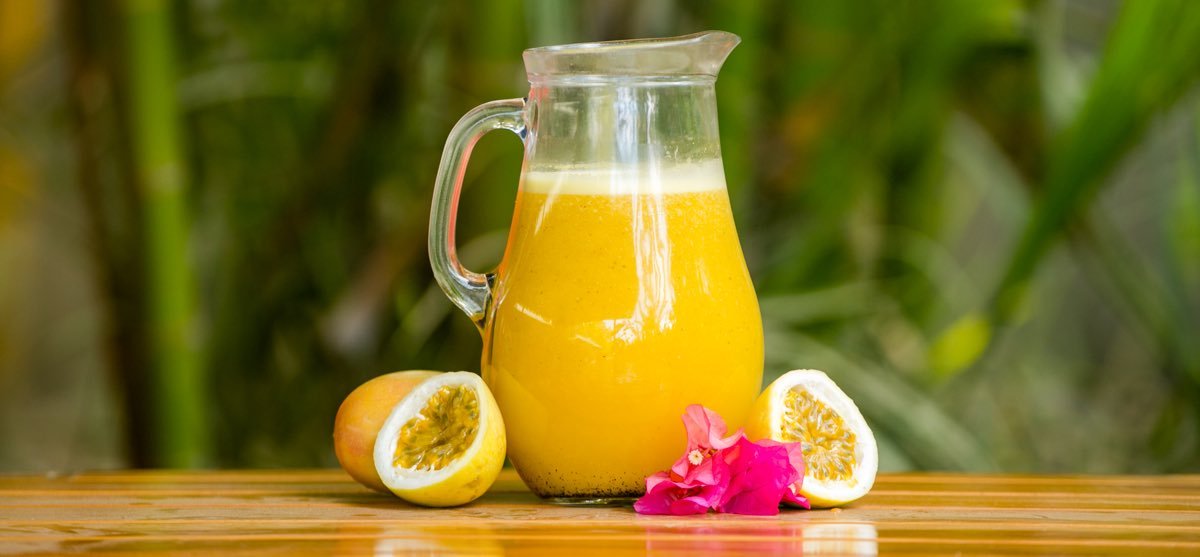
There are a number of tips and tricks to creating the best and most beneficial cold-pressed juices. The first piece of advice is to stick to proven recipes. While trying to create your own blend or adding a lot of ingredients can be fun, often this produces results that can literally be hard to swallow. Vegetables should make up the main ingredients of your cold-pressed juices, with a goal ratio of 80% vegetables to 20% fruit. Refrain from using too much fruit containing high levels of fructose such as apples and mangoes. Opt for fruits like bananas, blueberries, and avocados instead.
While you may find cold-pressed juices a bit bitter at first, you can add lemons or limes to somewhat eliminate this. Note that using a lot of dark green leafy vegetables, while they may be quite healthy, will produce a more bitter taste.
It is important to remember that you should not try to replace solid food with only drinking juice. Treat the juice like a supplement that will help add much-needed nutrients that may be lacking in your regular diet. While juicing can help you lose weight, you still need a well-balanced diet of solid food as well as exercise to stay healthy.
Always use fresh produce for your juices and store them in glass containers placed in the fridge. This prevents ingesting harmful chemicals from plastics and will keep your juices fresh for much longer periods. You will also want to get in the habit of cleaning your juicer shortly after using it, as cleaning becomes difficult once fruit and vegetable pulp becomes dried on.
Finding the Right Juicer
While you can easily pick up a cheap traditional juicer online, you will notice a big difference in the quality of the juices it creates compared to a hydraulic press machine. Cheap juicers don’t yield nearly as much juice and produce juices that are less smooth and more fibrous or pulp-filled. You often end up wasting a large portion of the fruits and vegetables you attempt to juice. Other drawbacks of cheaper juicers are that they are slower, much more difficult to clean, and the juice has to be consumed immediately.
Juicers like the Norwalk Hydraulic Press, which we use for our cold-pressed juices here at Blue Osa, are the Holy Grail when it comes to producing the best cold-pressed juices. While they may seem pricey at first glance, the amount you may save from not wasting as much fruit and vegetables will most likely pay for itself over the long run. You also get the benefit of drinking more nutritious and finer tasting juices.
High-end juicers like the Norwalk Hydraulic Press allow you to extract 50% more juice out of your fruits and vegetables along with producing juices you can store in the fridge and freezer for longer periods. This saves you time from having to whip up juices on a daily basis. You also benefit from a machine that is much easier to clean, containing solid stainless steel parts that can simply be rinsed and thrown in the dishwasher.
Pin It For Later!
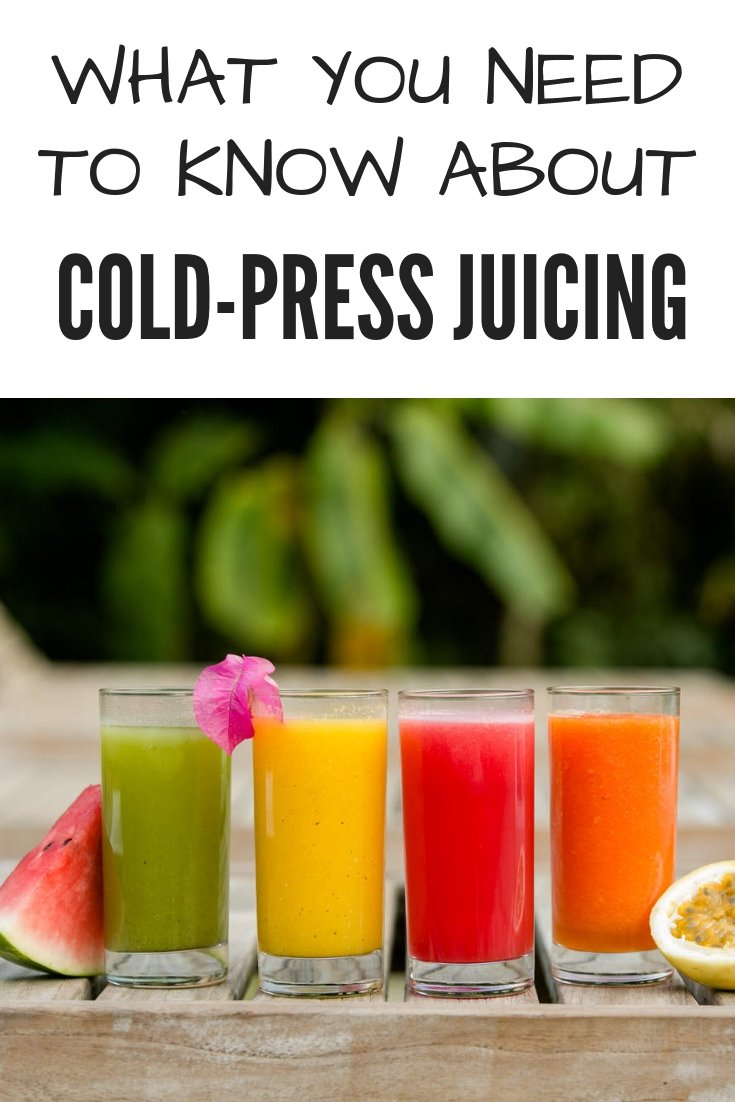
About the author:

Casey Siemasko is a content marketing consultant, travel blogger, and wandering yogi. An entrepreneur at heart, she is the co-founder of the award-winning travel blog A Cruising Couple. Besides yoga and travel, she enjoys wine tastings, being outdoors and taking on new hobbies. Follow Casey on LinkedIn and Google+.
Follow Casey:


